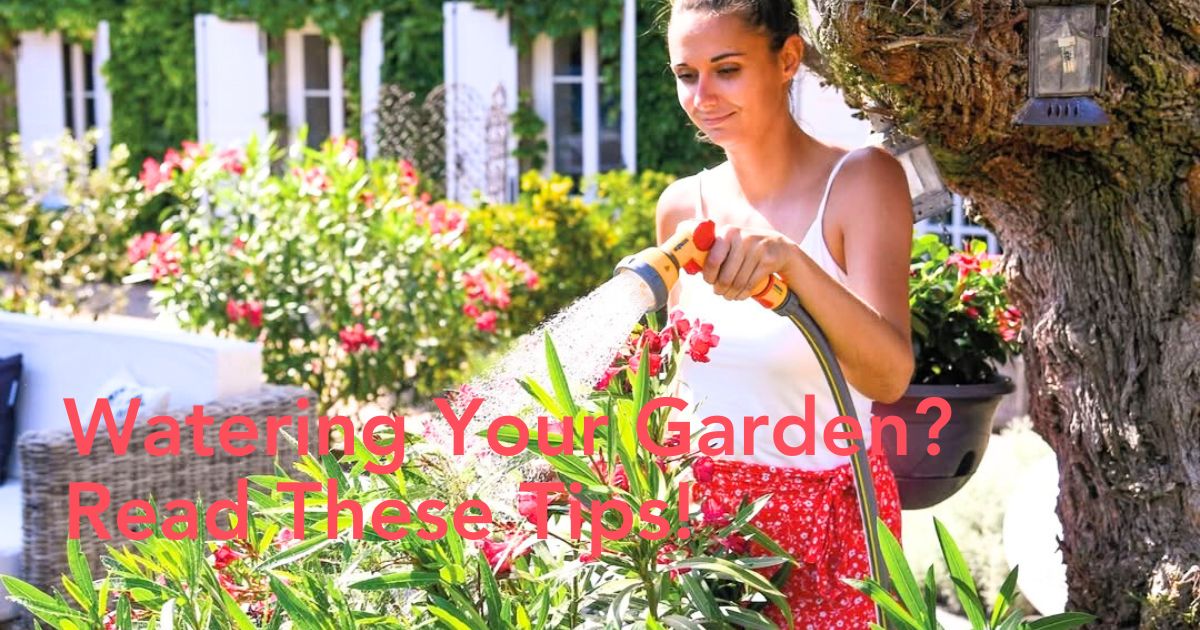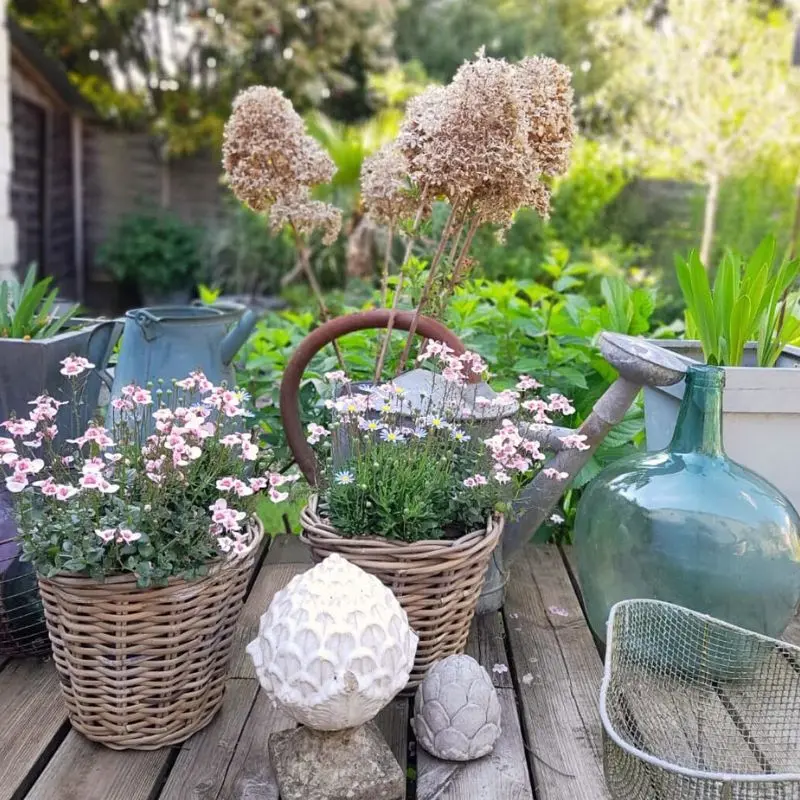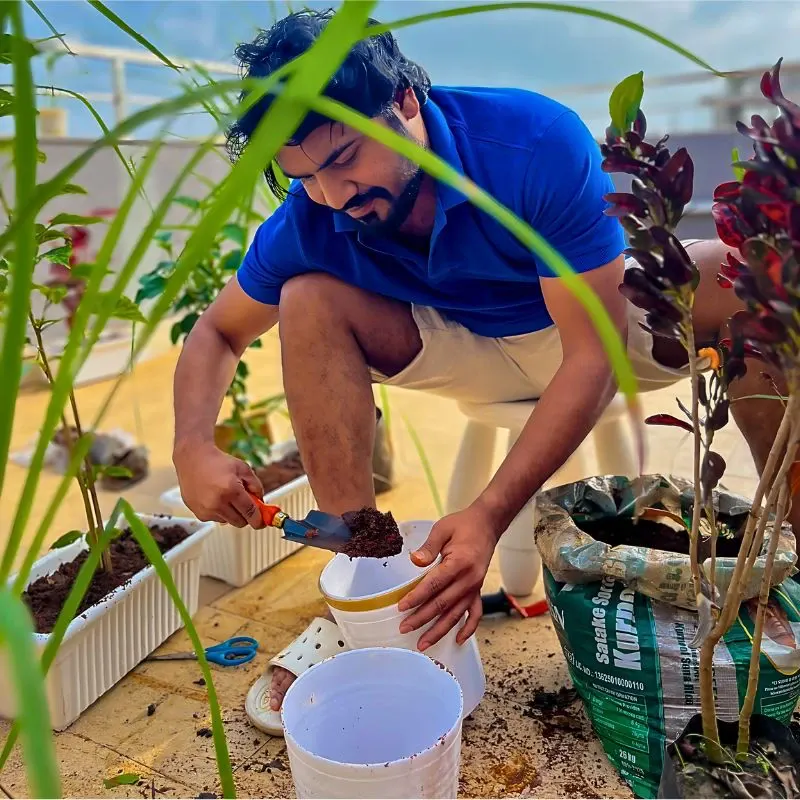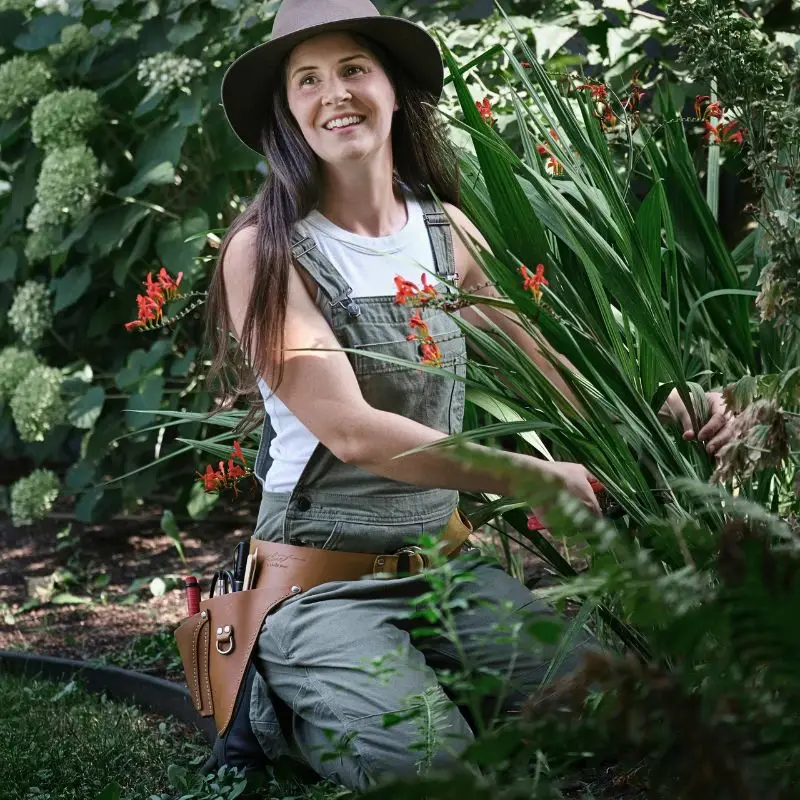Water is an essential component for plants to flourish in your garden. However, some plants require a lot of hydration, whereas others can die if given too much. In addition to individual plant requirements, factors such as age, soil quality, and climate can influence how frequently you should water your plants. Because of these varying requirements, both novice and experienced gardeners may struggle to devise a watering schedule. To make this essential gardening task easier, here are a few recommendations for when and how often to water your garden.
What Is the Best Time to Water Your Garden?
If you're wondering what the best time to water your garden is, here are a few tricks that'll do wonders for your outdoor spaces. Morning is the best time to water your garden because the water has time to absorb before the sun rises, allowing plants to retain more moisture. It also gives the leaves time to dry, according to plant and gardening experts.
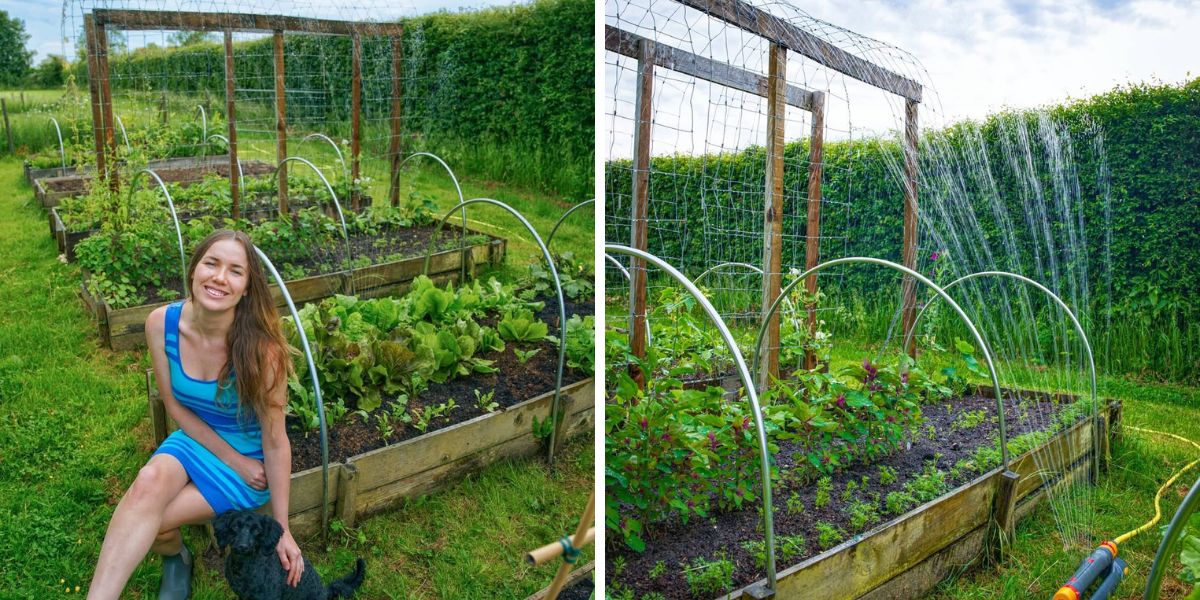
If morning watering is not possible, evening watering is an excellent alternative. However, watering at night will cause water to accumulate in the soil around the roots and on the leaves, potentially leading to rot or fungal growth. What you must do at all costs is avoid watering your plants during the midday hours because the afternoon sun gets hot (especially in summer) and can evaporate the plant's water instead of letting it absorb into the soil and roots.
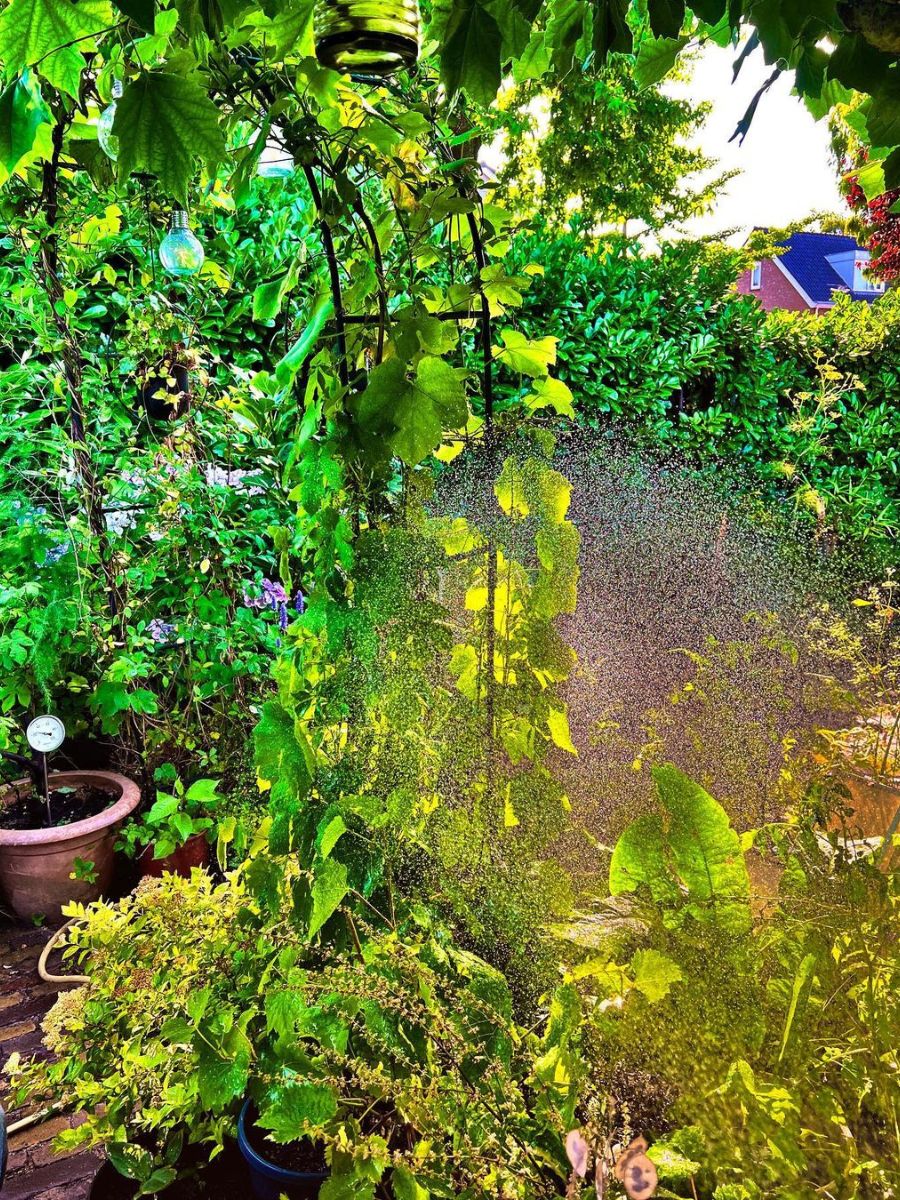
Factors That Determine How Often to Water Your Garden
There is no one-size-fits-all approach to watering your garden, but there are some factors to consider that will assist you in developing a schedule specific to your landscape.
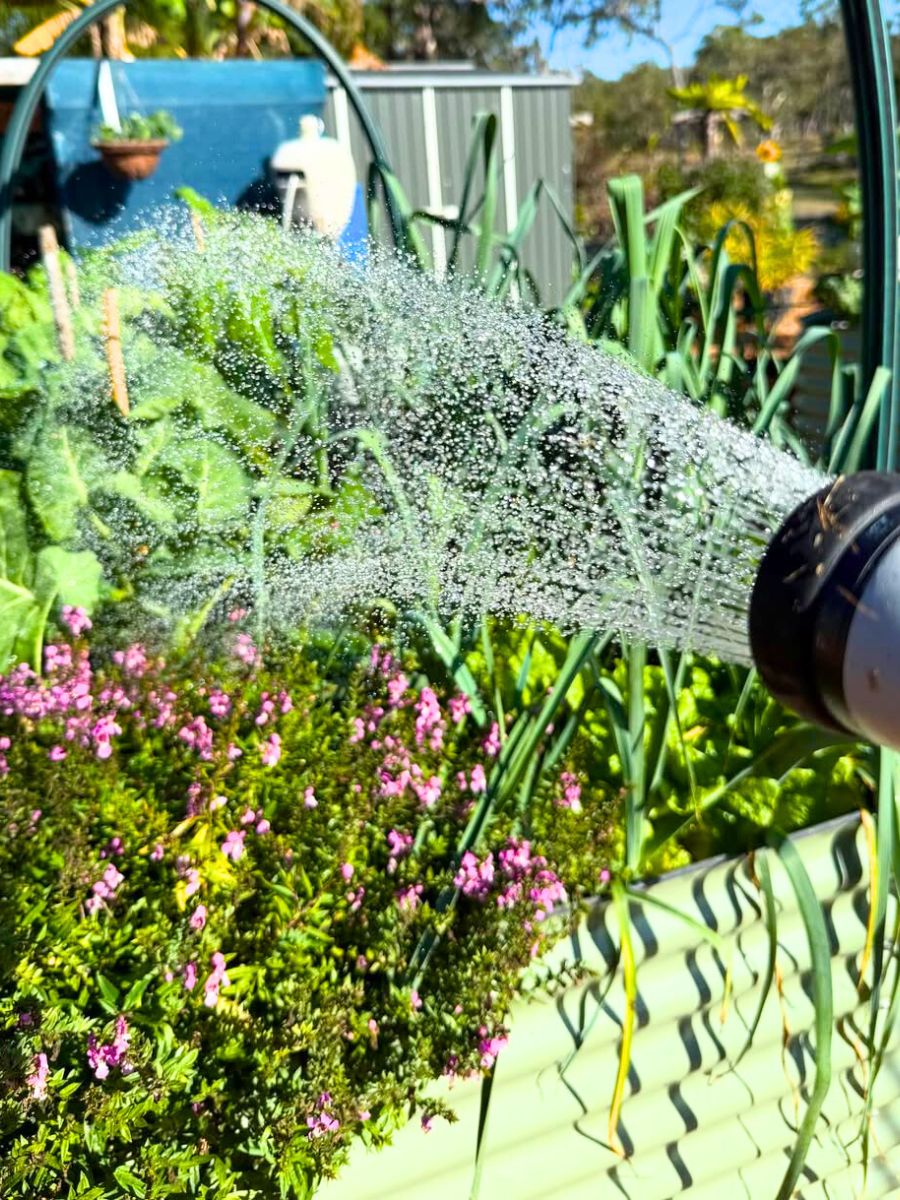
Know Your Climate
Your garden's watering frequency will be determined by the climate in your region. In spring and summer, does your region see frequent rain, or is it arid? ask yourself. The answer will help you determine whether your garden requires additional irrigation. For example, if you live in an area with high rainfall, you may not need to water as much as gardeners in the desert. Your watering schedule should evolve in tandem with the changing conditions in your area.
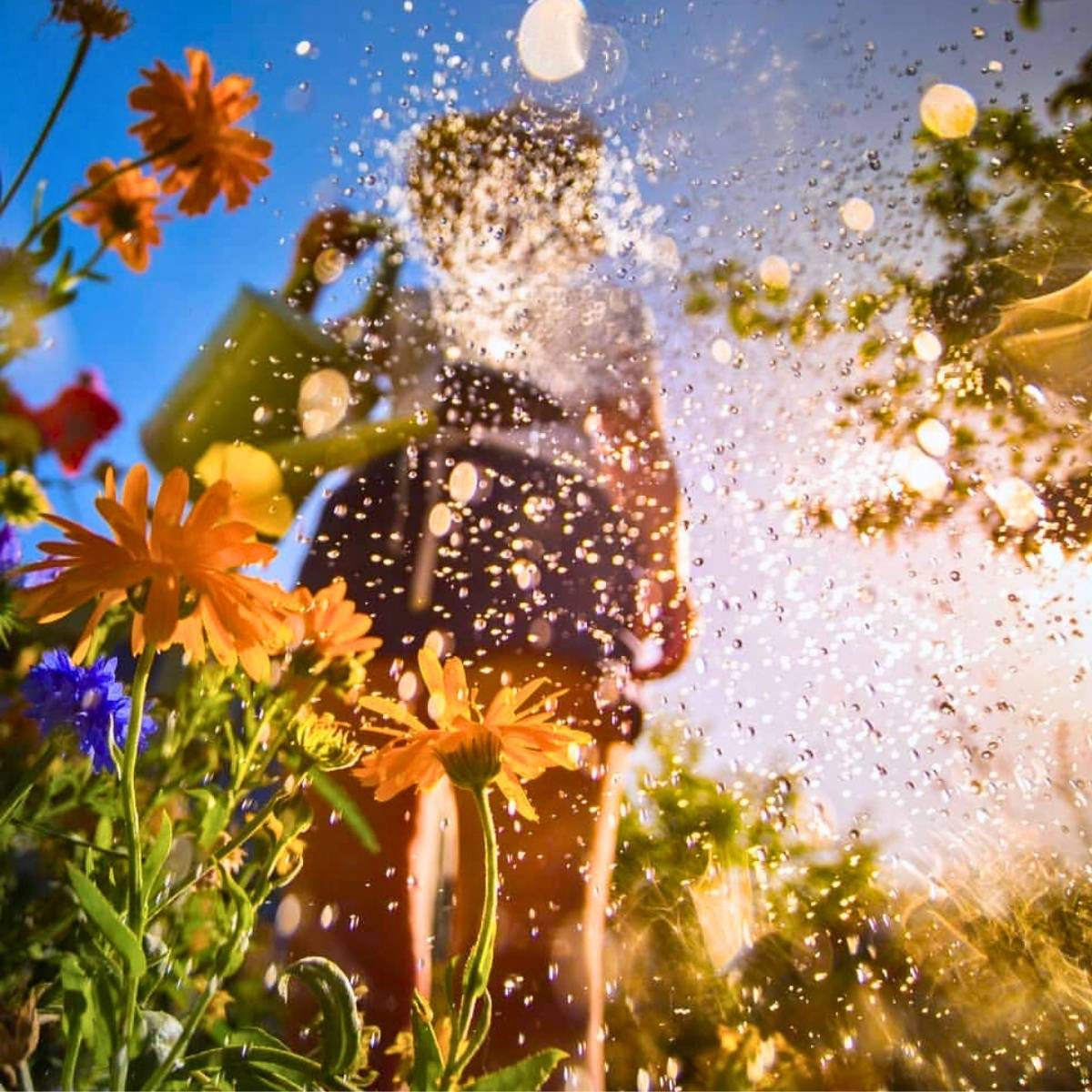
Understand Your Plants' Watering Needs
It's critical to understand whether you're dealing with drought-tolerant plants or plants that prefer moist soil. Take the time to learn about the watering requirements of each plant in your garden, and then water them accordingly. If you only grow drought-tolerant plants, for example, you will need to water them less than if you are caring for water-loving plants.
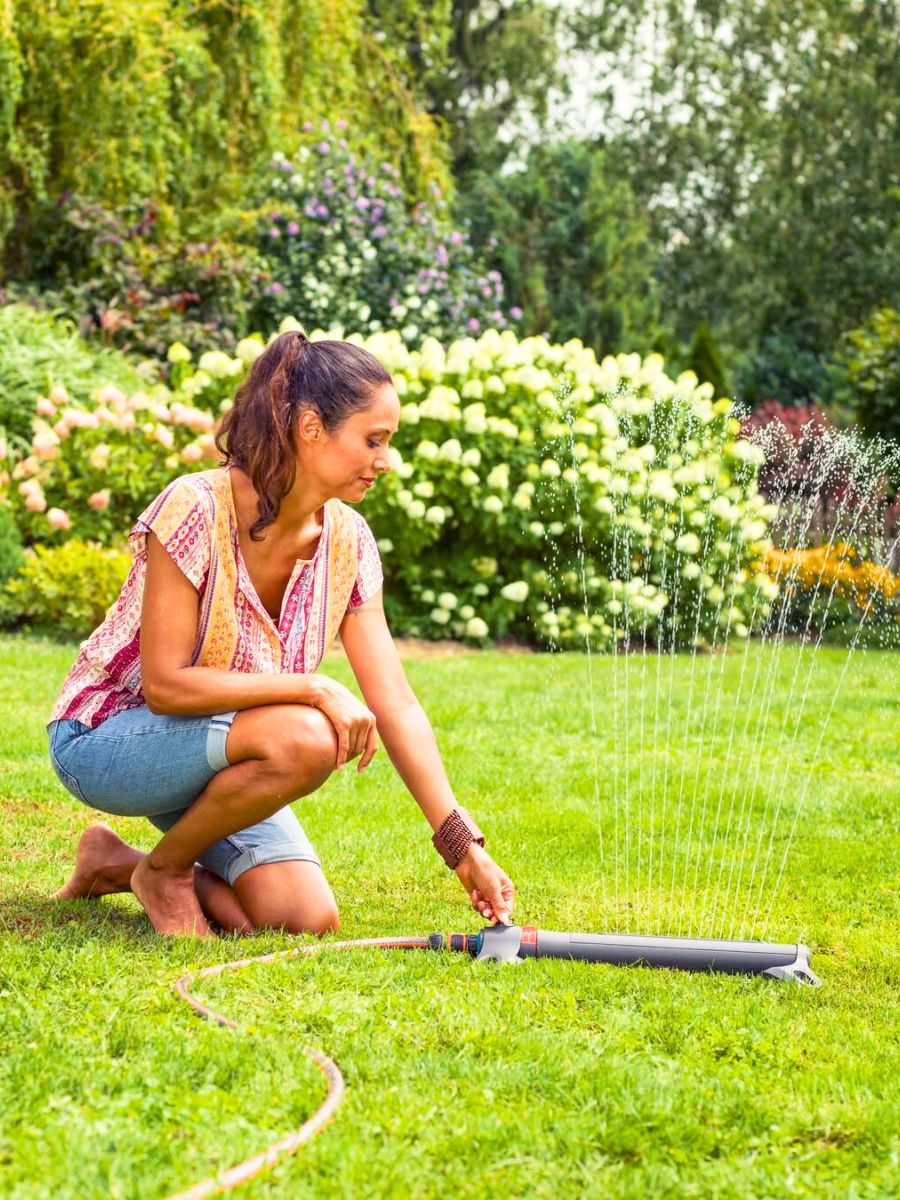
Soil Type
The type of soil you have will also influence how frequently you need to water your plants, as some soils retain water more than others. Sandy soil drains quickly, so you'll need to water more often. Clay holds onto moisture, so be careful not to overwater.
Planting Method You Choose
Plants in containers, hanging baskets, or raised beds require more frequent watering than plants in the ground. Containers and hanging baskets will require more frequent watering as the plants and root systems grow larger, plant experts share.
Plant Age
If you have very young plants or seedlings, they'll require a little bit more care as they establish their root system. While mature plants can get by for longer stretches without being watered, you need to avoid dehydrating any of the newbies. Most young varieties call for daily watering (skip rainy days) until roots are developed, which happens around the two-week mark.
While you will need to tailor your watering schedule to the above factors, most established gardens need about 2.5 cm (1 inch) of water weekly. This water quantity can come from a combination of rainfall and your watering efforts. As you grow your plants, you'll find the timing that works best.
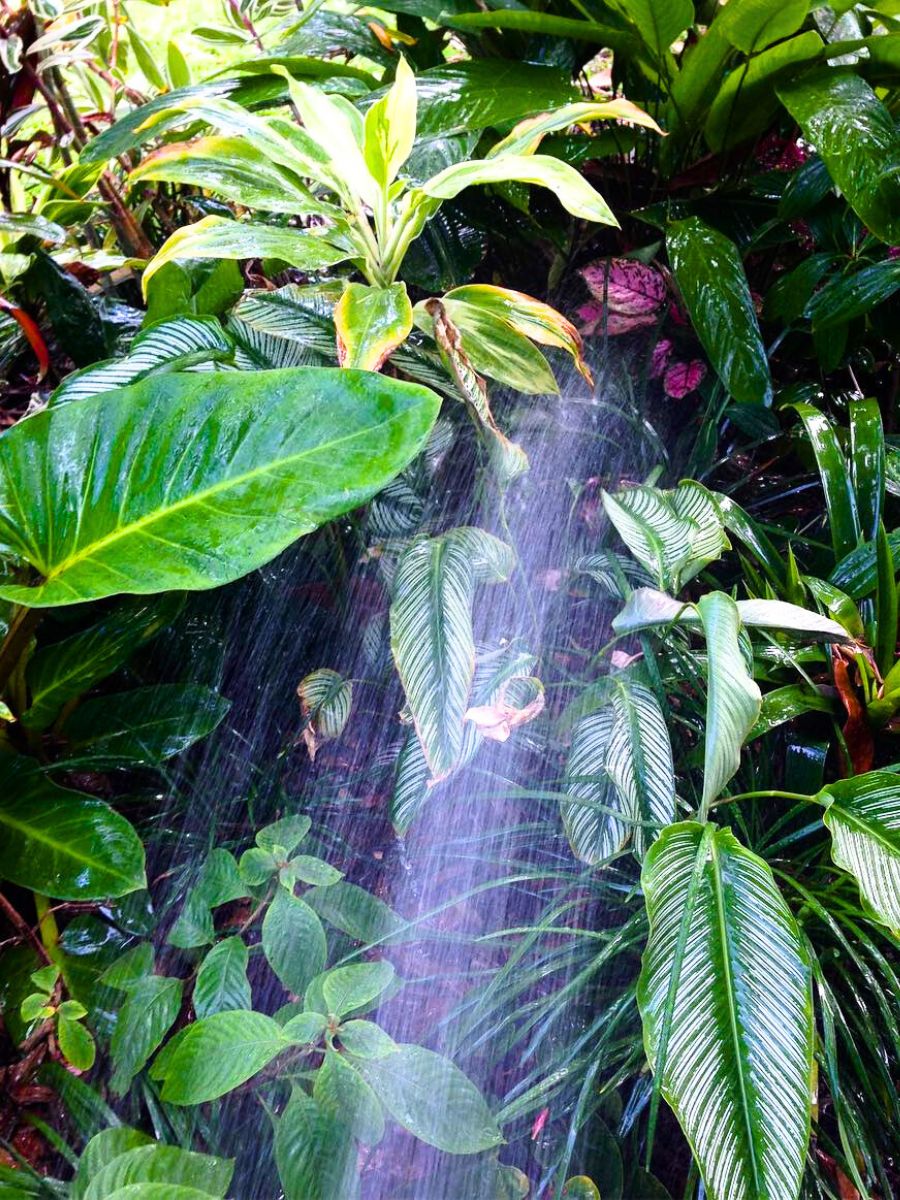
How to Make Watering Your Garden Easier
Creating a watering schedule is easier when plants are grown in their optimal sun, shade, and soil conditions. Additionally, grouping plants with similar hydration needs together can help you find a watering frequency that works for all of your blooms. For example, group your drought-tolerant plants together so you can water that area of your garden less frequently.
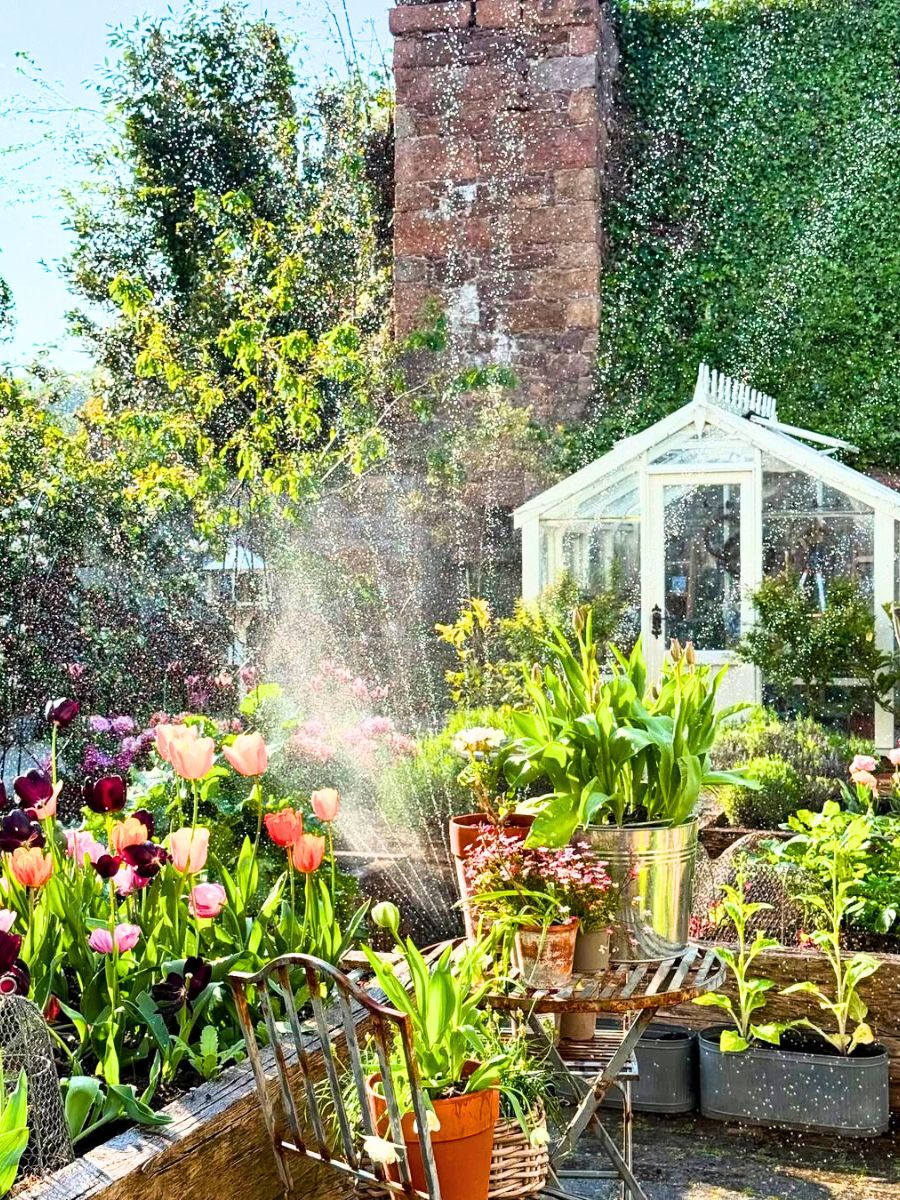
It's possible to water your garden (or at least specific plant varieties) too much. Look for signs of overwatering, which may include brown leaves, drooping or mushy stems, moldy soil, stunted growth, and root rot. Take them as a cue to water less frequently.
Your plants will also tell you if they're being underwatered. When this occurs, you will typically see wilting leaves, dry and cracked soil, stunted growth, and brown or crispy leaves, so beware!
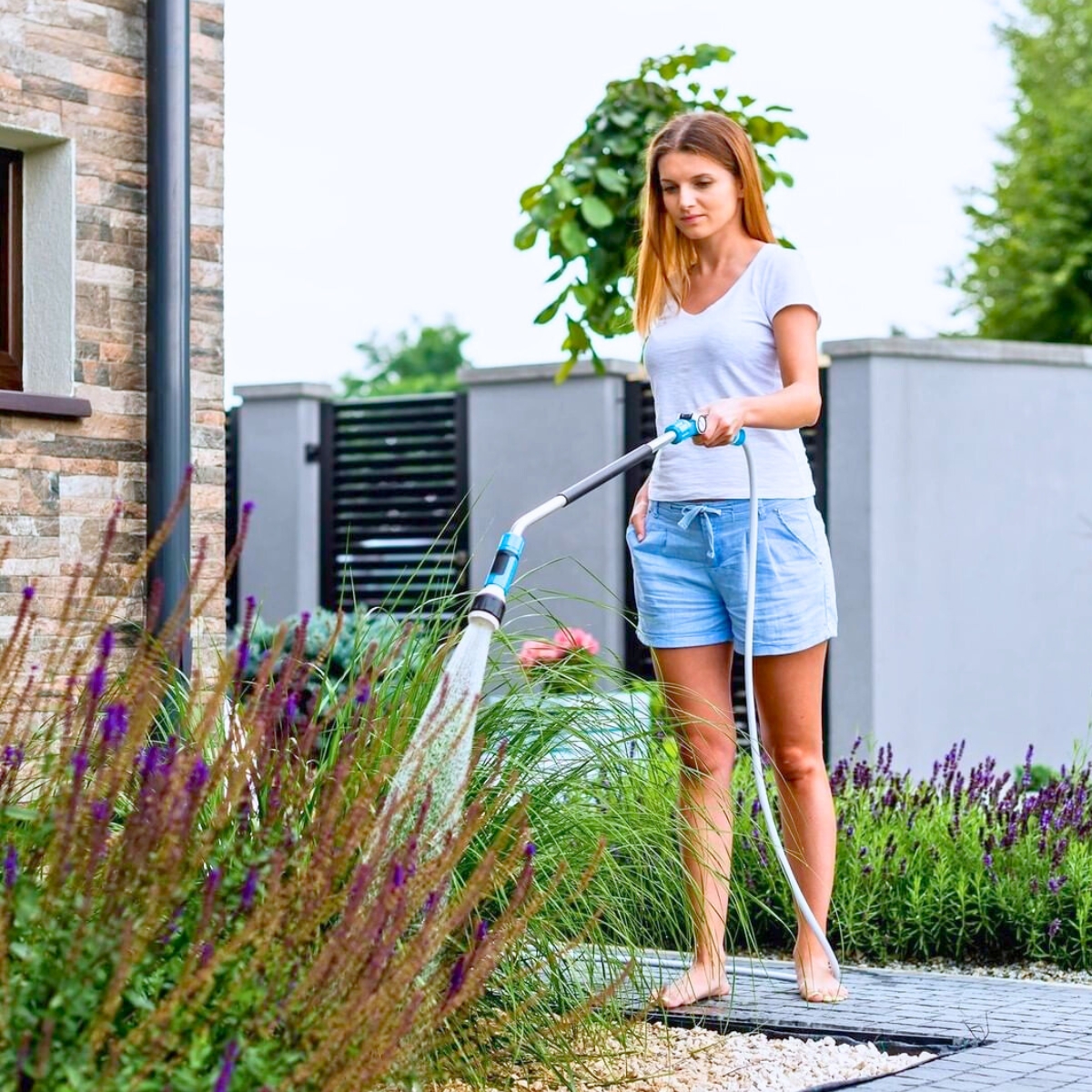
With this guide, you'll be able to become a more professional plant lover and take care of your plants the right way while watering them intuitively according to these tips.

